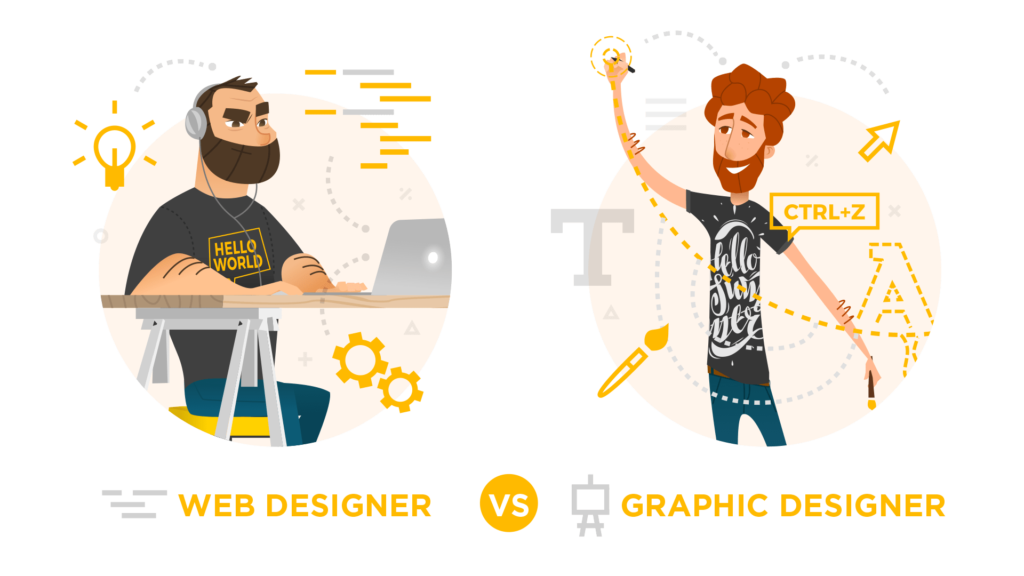Art Bounty
Discover the vibrant world of art and creativity.
Designing for Clicks and Tricks: Engaging Graphics That Wow
Unlock the secrets to stunning graphics that captivate and convert! Transform your designs into click-magnets today!
10 Graphic Design Tips to Boost Click-Through Rates
When it comes to graphic design, the first impression can make all the difference. Here are 10 graphic design tips to help boost your click-through rates. 1. Prioritize Readability: Ensure your text is legible against your chosen background. Use contrasting colors and avoid overly convoluted fonts. 2. Use High-Quality Images: Utilizing sharp, high-resolution images grabs attention and establishes credibility. 3. Incorporate Visual Hierarchy: Design elements should guide the viewer’s eye to the most important information first. This can be achieved through sizing, color contrast, and placement.
Next, consider the emotional impact of your designs. 4. Color Psychology: Different colors evoke different feelings; choose a palette that aligns with your message. 5. Consistent Branding: Maintain a cohesive look across all platforms to help users quickly recognize your brand. 6. Clear Call-to-Action: Your call-to-action should stand out as a button or link, prompting users to take the next step. 7. A/B Testing: Experiment with different graphic designs to discover which yields higher click-through rates. 8. Utilize White Space: Don’t overcrowd your designs; give elements room to breathe for improved focus. 9. Responsive Design: Ensure your graphics look great on all devices, from desktops to smartphones. Lastly, 10. Stay Updated: Keep up with current design trends to maintain a fresh and engaging appearance.

How to Use Color Psychology in Your Graphics for Maximum Engagement
Understanding color psychology is crucial for creating graphics that resonate with your audience. Colors can evoke emotions and influence perceptions, making them powerful tools in design. For instance, blue often conveys trust and dependability, making it a popular choice for corporate branding. In contrast, red can evoke feelings of excitement and urgency, making it effective for calls to action. To maximize engagement, consider the emotional response you want to elicit and choose your color palette accordingly. A well-thought-out color scheme not only enhances your brand identity but also guides the viewer's attention to key elements of your graphics.
When applying color psychology, it’s important to also consider color combinations. Certain hues work better together and can amplify your message. For example, complementary colors (colors opposite each other on the color wheel) can create a vibrant and dynamic effect, ideal for drawing attention. Conversely, analogous colors (colors next to each other) provide a more harmonious and soothing visual experience. To help you implement these techniques, create a color hierarchy in your graphics: use brighter, bolder colors for focal points and softer shades for background elements. This approach not only enhances the overall aesthetic but also improves user engagement.
What Makes a Graphic Truly Engaging? Discover the Secrets Behind Click-Worthy Designs
Creating a graphic that truly captures attention goes beyond just aesthetics; it requires a deep understanding of the target audience and their preferences. To make a graphic engaging, consider the following elements:
- Color Choice: Colors evoke emotions and set the tone of the design. Use a palette that resonates with your audience.
- Typography: A legible and visually appealing font can draw users in and enhance the message.
- Visual Hierarchy: Organizing elements in a way that naturally guides the viewer's eye is crucial for creating an effective design.
Another secret to creating click-worthy designs lies in storytelling. Graphics should tell a compelling story that connects with the audience's needs or desires. Utilizing high-quality images, icons, and infographics can enhance understanding and retention. Always remember to include a clear call to action (CTA) that encourages viewers to engage further with your content. In conclusion, the synergy of color, typography, hierarchy, and narrative is what makes a graphic not just visually appealing but truly engaging.